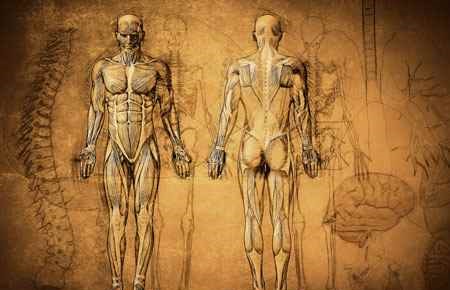
Medical Illustration/Medical Illustrator Major
This major is a program that prepares individuals to apply the principles and techniques of art and computer-assisted imaging, graphics, and animation to create visual materials to facilitate the recording and dissemination of biomedical knowledge for educational, research, and clinical purposes.
Includes instruction in anatomy, physiology, pathology, histology, embryology, neuroanatomy, medical terminology, artistic media and techniques, illustration techniques, three-dimensional modeling, prosthetics, data display design, exhibit design and production, medical photography, multimedia, computer graphics and animation, digital imaging, business management, production technology, and instructional design.
What can you do with a major/degree in Medical Illustration/Medical Illustrator Major?
As a Medical Illustrator, you collaborate with scientists, physicians, and other specialists, to transform complex medical and scientific information into visual images that have the potential to communicate to broad audiences. You are, by trade, a professional artist but with advanced education in both the life sciences and visual communication.
In addition to earnings from a salary or freelance projects, some medical illustrators receive royalties from secondary licensing of existing artwork. These ‘reuse’ arrangements with stock art agencies, publishers, and clients can provide a supplemental, and sometimes significant, source of income.
At the least, a bachelor’s degree is necessary to enter this job field. Most medical illustrators hold a master’s degree. There are currently few degree programs in North America that are accredited by the Commission on Accreditation of Allied Health Education Programs (CAAHEP) for medical illustrators. The Board of Certification of Medical Illustrators administers a certification program as a recognizable means to signify a practitioner's current competency in the profession. Competencies are maintained by meeting continuing education requirements and must be renewed every five years.
Basically, a bachelor's degree with a major in art and a minor in the biological sciences, or a major in science with a minor in art, is preferred. In addition, a portfolio of artwork and a personal interview are generally necessary.
Trade Associations and Professional Organizations in Medical Illustration/Medical Illustrator Major
Professional associations are groups of professionals dedicated to topics in specific fields. Professional associations provide a wealth of online resources, some of which are geared specifically towards students. These organizations typically also host conferences and events, providing great opportunities for learning and networking across your field of interest.
Publications/Magazines in Medical Illustration/Medical Illustrator Major
